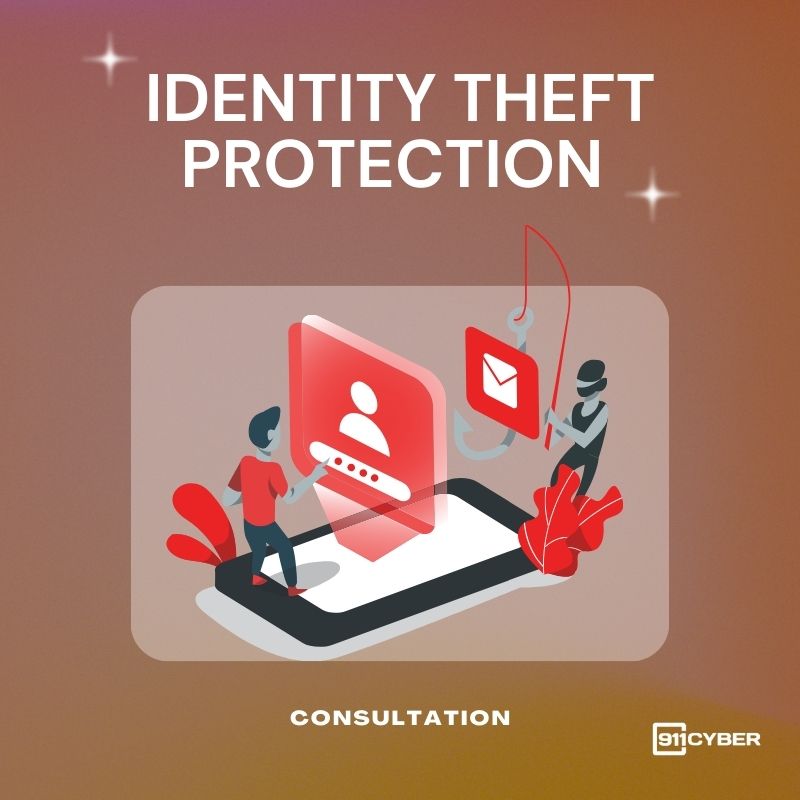February 21, 2024 – Cyber Briefing

👉 What’s trending in cybersecurity today?
Migo Malware, Redis Servers, Cryptocurrency Mining, VMware, Risky Authentication Plugin, PyPI Malicious Packages, DLLs for Supply Chain Attack, VietCredCare Stealer, Facebook Advertisers, Vietnam, VoltSchemer Attack, Wireless Chargers, Voice Command Injection, Russian Hackers ‘NoName’, Belgian Government Sites, Australia, Tangerine, Data Breach, Berlin University, France’s GCA, Australian Vili’s Bakery, US House, Task Force, AI Legislation, FBI Chief, Chinese Infrastructure Cyber Threats, UK’s National Crime Agency, Surge in Youth Cybercrime, Ransomware, InfoStealers, AI Threats, Signal, Enhanced Privacy.
Listen to the full podcast
🚨 Cyber Alerts
1. Migo Malware Targeting Redis Servers
A malware campaign dubbed Migo is infiltrating Redis servers, leveraging innovative techniques to compromise Linux hosts for cryptocurrency mining. Cado security researcher Matt Muir highlights Migo’s intricate methods, including compile-time obfuscation and persistent Linux machine infiltration, signaling a new level of refinement in cloud-focused cyber threats. This campaign underscores the evolving sophistication of attackers in exploiting web-facing services, necessitating heightened vigilance and security measures.
2. VMware Authentication Plugin Risks
VMware advises admins to eliminate a deprecated authentication plugin exposing Windows domain environments to relay and hijack attacks. The vulnerable VMware Enhanced Authentication Plug-in (EAP), announced for deprecation three years ago, poses a significant risk due to two unpatched security flaws allowing attackers to exploit Kerberos service tickets and hijack privileged sessions. Fortunately, there’s no current evidence of exploitation, but admins must take immediate action to uninstall the plugin and disable associated services to mitigate potential risks.
Cybersecurity researchers uncover two PyPI packages, NP6HelperHttptest and NP6HelperHttper, utilizing dynamic-link library (DLL) side-loading to evade security tools and execute malicious code. These packages, disguised as legitimate NP6HelperHttp and NP6HelperConfig tools, targeted developers seeking Chaps Visions marketing automation solution, NP6, with the aim of deploying a Cobalt Strike Beacon for remote access. This discovery underscores the expanding threat landscape of software supply chain attacks, emphasizing the critical need for heightened awareness and security measures within development organizations.
4. VietCredCare Targets Facebook Ads
VietCredCare, a sophisticated information stealer, specifically targets Facebook advertisers in Vietnam, aiming to seize control of corporate accounts managed by individuals with positive ad credit balances. Offered under a stealer-as-a-service model, this .NET-based malware is adept at extracting credentials and session IDs from popular browsers, posing a significant risk to both public and private sector organizations. With its ability to evade detection and its focus on the Vietnamese cybercriminal ecosystem, VietCredCare highlights the growing sophistication of cyber threats in the region and the need for robust security measures to safeguard sensitive accounts.
5. Wireless Chargers Exploit Unveiled
Academic researchers unveil VoltSchemer, a novel attack exploiting wireless chargers to manipulate smartphone voice assistants via magnetic fields, presenting risks of overheating and voice command injection. By introducing voltage fluctuations, attackers disrupt charging station communication, posing hazards such as device overheating and data loss. The study underscores vulnerabilities in charging station design and the need for enhanced security measures to mitigate electromagnetic interference threats.
💥 Cyber Incidents
Belgium faces cyber disruption as Russian hackers briefly take down government websites including Prime Minister De Croo’s and the House of Representatives’. The hacker collective ‘NoName057(16)’ claims responsibility, citing Belgian support for Zelensky’s regime as motivation, amidst tensions following the summoning of the Russian ambassador over Navalny’s death. Despite brief disruption, cybersecurity authorities describe the incident as a short-lived “cat and mouse game,” highlighting the persistent threat of cyberattacks targeting government entities.
Australian internet service provider Tangerine faces a significant data breach, exposing personal information of over 200,000 customers, including full names, dates of birth, email addresses, and mobile phone numbers. The breach, occurring on February 18, was disclosed to customers in an email, prompting the company to launch a thorough investigation into the incident to determine its cause and impact. Despite the breach, Tangerine reassures customers that its NBN and mobile services remain unaffected and operational, while emphasizing its commitment to implementing improvements to prevent similar occurrences in the future.
The Berlin University of Applied Sciences faces an IT security incident causing website unavailability and email disruptions. President Dr. Julia Neuhaus assures efforts to restore access promptly, promising updates as the situation develops.
GCA, a French transportation carrier, faces a cyberattack prompting an immediate internet shutdown outside its systems for security assessment. While the group reports no evidence of data breach yet, a crisis unit is activated, involving authorities and external specialists for investigations, with ransomware concerns looming.
Vili’s Bakery faced a cyberattack on February 15, resulting in unauthorized access to crucial digital systems like ordering, invoicing, and email accounts. Investigators are assessing the potential exposure of private details of suppliers, staff, and customers, while the bakery assures customers of ongoing investigations and updates on the incident’s impact. Despite the lack of a formal statement on Vili’s website, a spokesperson confirms customer outreach and collaboration with IT providers and cybersecurity experts to address the breach.
📢 Cyber News
In response to concerns about artificial intelligence, leaders in the U.S. House of Representatives announced the formation of a bipartisan task force aimed at exploring potential legislation to address these issues. Despite previous efforts, legislative progress on AI has stalled, prompting the task force to produce a comprehensive report with recommendations and guardrails to safeguard against emerging threats.
In a speech at the Munich Security Conference, FBI Director Christopher A. Wray highlighted escalating Chinese cyber espionage targeting critical U.S. infrastructure, emphasizing the urgent need for global vigilance. Wray disclosed instances of long-term access by Chinese government hackers in networks controlling telecommunications, energy, and water infrastructure, raising concerns about potential future attacks on American civilians.
In a recent report by the UK National Crime Agency (NCA), it was revealed that one in five children aged 10-16 in the UK have engaged in online activities violating the Computer Misuse Act, highlighting a troubling trend in cybercrime among young people. The report underscores the urgent need for enhanced awareness and education to address this growing issue and mitigate its consequences.
The latest report from IBM X-Force highlights changing trends in cyber threats, with a decline in ransomware attacks and a surge in infostealing tactics and assaults on critical infrastructure. As cybercriminals adapt their methods, organizations face evolving challenges in defending against these sophisticated threats. Vigilance and proactive cybersecurity measures are essential to safeguarding against emerging risks and protecting valuable data and systems.
Signal, the end-to-end encrypted messaging app, is rolling out a new feature allowing users to create unique usernames, providing an additional layer of privacy by keeping phone numbers hidden from strangers. With this update, users can initiate conversations anonymously without revealing their phone numbers, enhancing their privacy and security on the platform. Additionally, users have the flexibility to control who can find them by their phone numbers, further empowering them to manage their online presence and interactions.
Copyright © 2024 CyberMaterial. All Rights Reserved.
Get Help
July 31, 2025 – Cyber Briefing
July 30, 2025 – Cyber Briefing
July 29, 2025 – Cyber Briefing
July 28, 2025 – Cyber Briefing
July 25, 2025 – Cyber Briefing











